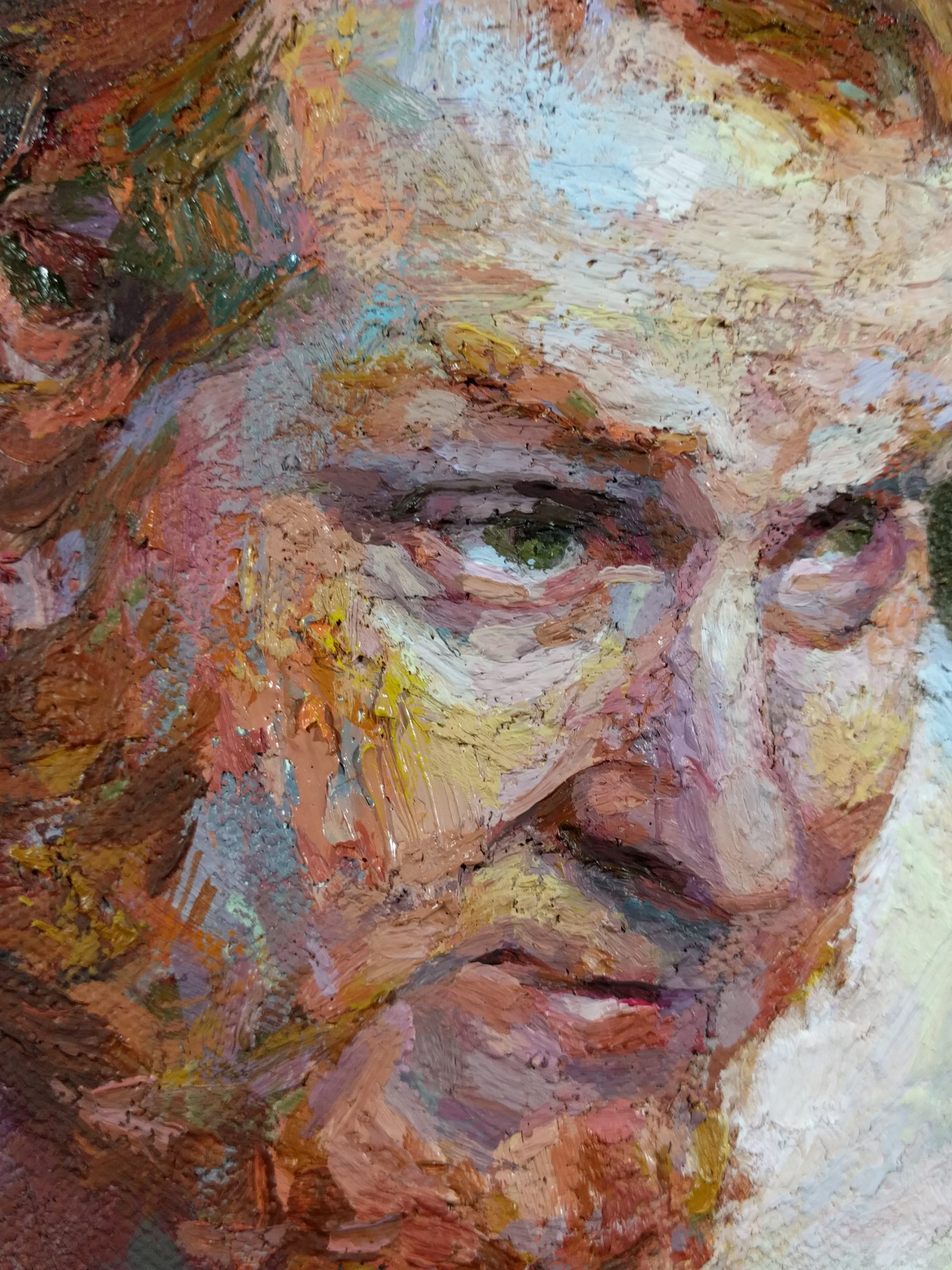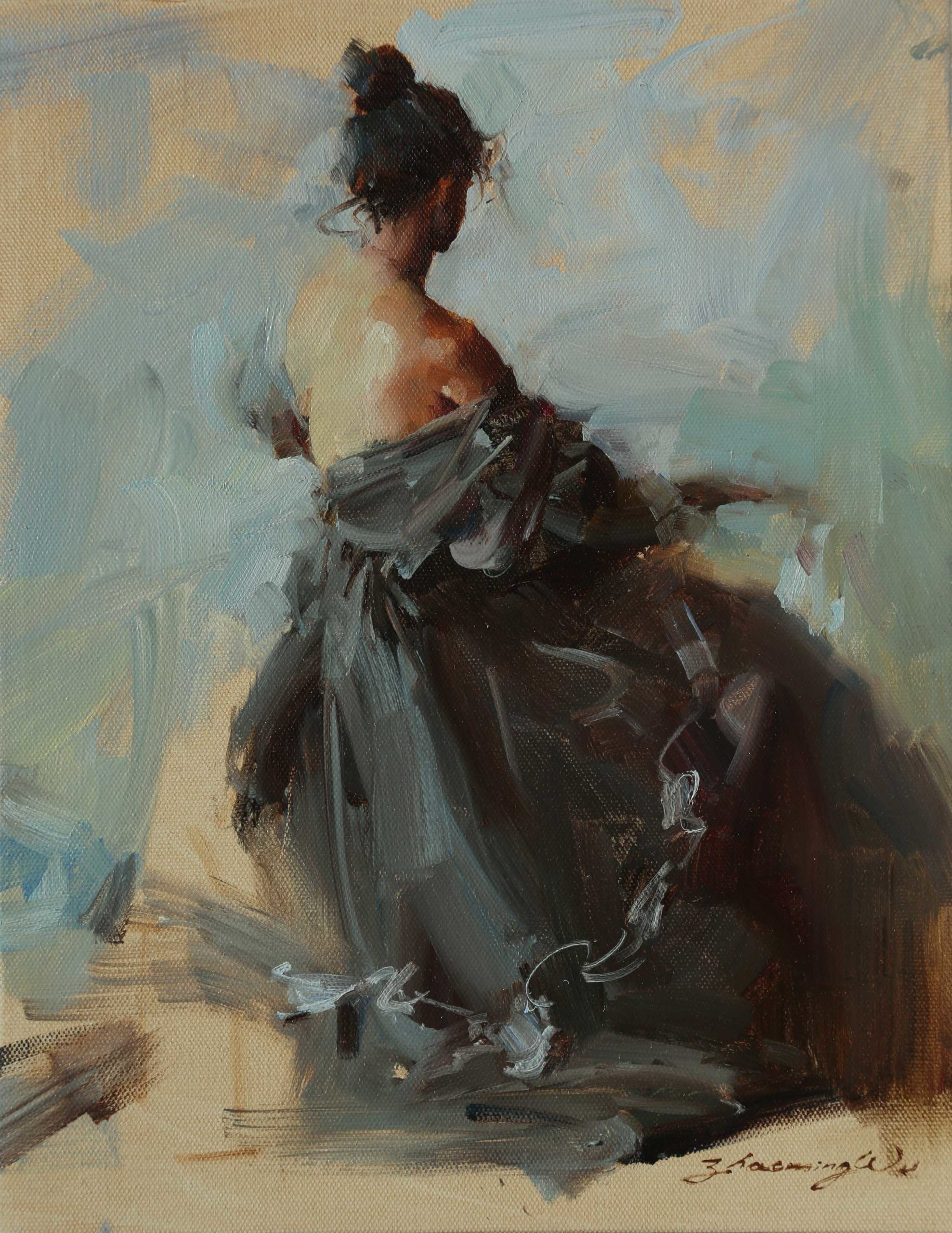Mastering Composition and Shade in Figurative Oil Painting
Mastering Composition and Shade in Figurative Oil Painting
Blog Article
The Role of Emotion and Expression in Figurative Oil Painting: A Thorough Analysis of Topic and Structure
The interaction of emotion and expression in metaphorical oil paint offers as a vital lens with which one can check out the intricate partnership in between subject issue and structure. Artists harness various strategies, from color selection to brushstroke dynamics, to cultivate psychological resonance within their works.
Recognizing Feeling in Art
Emotion in art works as a powerful conduit for expression, allowing artists to share intricate feelings through their job. In metaphorical oil painting, this psychological deepness is frequently depicted through the representation of the human figure, capturing the nuances of human experience. The option of topic, color combination, and brushwork all add to the emotional vibration of an item.
Artists often attract upon individual experiences, social problems, or global themes to evoke sensations in the visitor. For example, a portrait might show susceptability, while a vibrant number in motion can symbolize liberty or turmoil. These emotional strings link the visitor to the artwork, cultivating a dialogue that transcends the aesthetic tool.
Additionally, the interplay in between light and shadow can enhance psychological intensity, leading the visitor's gaze and accentuating particular elements within the make-up. Using texture in oil paint further adds layers of complexity, welcoming a responsive reaction that enhances the psychological experience. Generally, recognizing feeling in art is essential for valuing the nuances that characterize metaphorical oil paint, as it transforms mere representation into a profound exploration of the human problem.
Crucial Element of Composition
In the realm of figurative oil paint, the structure works as the underlying structure that arranges visual aspects and improves the emotional narrative. Necessary parts of make-up include equilibrium, comparison, centerpiece, and rhythm, each adding to the total impact of the art work.
Equilibrium describes the distribution of visual weight within the painting, which can be attained with balanced or asymmetrical setups. A healthy make-up supplies stability, enabling the customer to engage with the item harmoniously - figurative oil painting. Contrast, on the various other hand, includes juxtaposing different components, such as dark and light or warm and great colors, to direct the customer's eye and evoke emotional feedbacks
The focal point is important, as it directs focus to the most significant component of the painting, usually highlighting the psychological core of the narrative. By skillfully integrating these crucial elements, musicians can craft compelling and mentally resonant metaphorical oil paints that mesmerize and engage their target market.
Subject and Its Effect
Subject plays a crucial duty in figurative oil paint, as it not only offers as the structure for the story however additionally forms the audience's interpretation and psychological engagement with the artwork. The choice of subject-- be it a solitary figure, a group dynamic, or a thematic representation-- directly influences the psychological ambience shared to the audience.

For instance, portraits frequently stimulate personal connections, disclosing the intricacies of human expression and character, while scenes showing common tasks can produce a feeling of belonging or nostalgia. Furthermore, the social and historic context of the subject issue enriches the viewer's understanding, prompting deeper reflections on societal standards, worths, and the human condition.
Various subject matters likewise produce differing levels of involvement; a significant dispute illustrated via numbers in stress might elicit feelings of anxiousness or empathy, while peaceful landscapes the original source can invoke tranquility and reflection. Inevitably, the influence of topic in metaphorical oil painting is extensive, as it works as a channel for emotional resonance, assisting the visitor's response and analysis, and cultivating a connection in between the art work and the viewer. This interplay is vital for the successful communication of the artist's intent.
Techniques for Evoking Sensations
The efficiency of figurative oil painting in conveying feelings is significantly influenced by check out this site the strategies used by the artist. One of one of the most vital approaches is making use of shade concept, where the calculated option of tones can evoke specific emotional responses. Cozy shades, such as oranges and reds, typically elicit feelings of interest or hostility, while cooler tones like blues and environment-friendlies tend to stimulate calmness or sadness.
One more crucial strategy is the manipulation of light and shadow, recognized as chiaroscuro. This method improves the three-dimensionality of figures, producing dramatic contrasts that can magnify psychological deepness. The placement of light can guide viewers' feelings, highlighting details elements of the make-up.
Brushwork also plays an essential function; loose, expressive strokes can share energy and spontaneity, whereas smoother strategies might suggest harmony or accuracy. The arrangement of topics within the make-up can influence psychological effect. Close proximity can suggest affection, while distance may indicate isolation.
Ultimately, the mix of these techniques makes it possible for artists to craft narratives that reverberate with the viewer, transforming a plain visual experience right into an expressive psychological trip. - figurative oil painting

Study of Significant Works
Analyzing noteworthy jobs of figurative oil paint exposes exactly how numerous techniques are employed to evoke effective emotions. One excellent situation is Edvard Munch's "The Scream," where the distorted figure and swirling history share existential fear. Munch's use color-- deep blues and vibrant oranges-- heightens the emotional impact, showcasing just how combination selections can shape visitor experience.
Another considerable job is Pablo Picasso's "Les Demoiselles d'Avignon." Below, strong brushstrokes and fragmented kinds show a troubled psychological landscape, challenging traditional depictions of the female number. Picasso's ingenious make-up not just records the customer's focus however also welcomes consideration on motifs of identity and sexuality.
Furthermore, Frida Kahlo's "The Two Fridas" provides an emotional exploration of duality and self-identity. The different figures, connected by a shared heart, exhibit Kahlo's emotional deepness and personal story. figurative oil painting. Her precise focus to detail and symbolic elements offer to engage audiences on a natural level
These study underscore the profound link between feeling and structure in figurative oil paint, revealing just how musicians harness strategy to connect intricate feelings and stories that resonate across time and culture.

Conclusion
To conclude, the interaction of emotion and expression in figurative oil paint substantially enhances the visitor's experience and interpretation of the artwork. Via a cautious selection of subject and compositional methods, musicians share extensive stories that reverberate on both individual and universal levels. The application of color theory, chiaroscuro, check and brushwork more enhances psychological deepness, transforming each canvas right into an effective representation of the intricacies of the human experience.
In metaphorical oil painting, this psychological depth is often depicted with the representation of the human figure, capturing the nuances of human experience.Additionally, the interaction between light and darkness can amplify emotional strength, guiding the audience's stare and attracting interest to specific components within the composition. The use of structure in oil paint even more adds layers of intricacy, welcoming a responsive reaction that boosts the psychological experience.The focal point is vital, as it guides interest to the most considerable component of the painting, usually highlighting the emotional core of the narrative. Eventually, the effect of subject issue in metaphorical oil painting is extensive, as it offers as an avenue for psychological vibration, assisting the audience's action and analysis, and cultivating a connection in between the onlooker and the art work.
Report this page